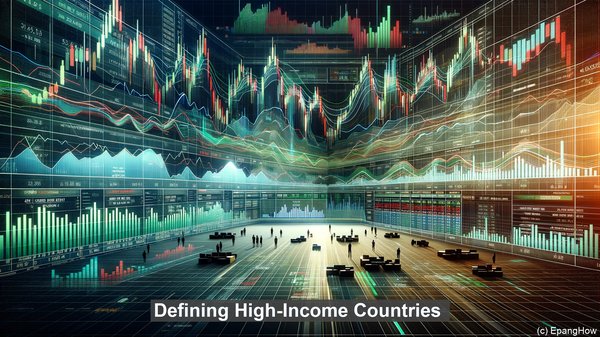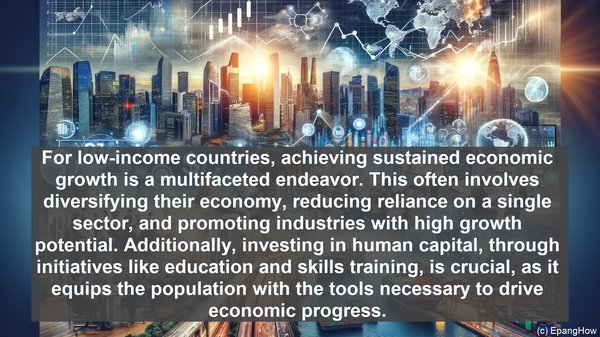Introduction: A World of Economic Disparities
Hello, everyone! Welcome to our article on the distinctions between high-income and low-income countries. As we delve into this topic, it’s important to note that the global economic landscape is diverse, with nations at varying stages of development. These disparities are shaped by a multitude of factors, ranging from historical events to contemporary policies.
Defining High-Income Countries
High-income countries, also referred to as advanced economies, are characterized by their robust economic systems, high per capita income, and well-developed infrastructure. These nations often have diverse industries, including manufacturing, technology, and services. Additionally, they boast strong social welfare systems, providing their citizens with access to quality healthcare, education, and social security.
Key Indicators of High-Income Countries
When assessing a nation’s economic status, several indicators come into play. Gross Domestic Product (GDP) is a widely used measure, reflecting the total value of goods and services produced within a country’s borders. High-income countries typically have substantial GDPs, indicating their economic vitality. Other indicators include the Human Development Index (HDI), which considers factors like life expectancy, education, and income, providing a more holistic view of a nation’s progress.
The Role of Innovation and Technology
Innovation and technology play a pivotal role in the success of high-income countries. These nations often prioritize research and development, fostering an environment conducive to scientific breakthroughs and technological advancements. This, in turn, drives economic growth and enhances productivity across sectors. The presence of leading universities and research institutions further fuels this cycle of innovation.
Challenges Faced by High-Income Countries
While high-income countries enjoy numerous advantages, they are not without their challenges. One such issue is income inequality, with wealth often concentrated in the hands of a few. Additionally, as these nations strive to maintain their economic dominance, they face the pressure of staying at the forefront of technological advancements, requiring substantial investments in research and development.

Understanding Low-Income Countries
On the other end of the spectrum, we have low-income countries, often referred to as developing economies. These nations face significant economic challenges, including limited infrastructure, low per capita income, and high levels of poverty. Agriculture often forms a substantial part of their economy, with a significant portion of the population engaged in this sector.

The Impact of Colonialism and Historical Factors
To understand the economic disparities between high-income and low-income countries, it’s crucial to consider historical factors. Many low-income countries were once colonies, with their resources exploited by colonial powers. The effects of this exploitation are still felt today, with these nations grappling with the legacy of underdevelopment and limited access to resources.
Foreign Aid and Assistance
Recognizing the challenges faced by low-income countries, the international community often provides foreign aid and assistance. This aid can take various forms, including financial support, technical expertise, and capacity building. While foreign aid can be instrumental in addressing immediate challenges, sustainable development requires a comprehensive approach, encompassing factors like education, healthcare, and infrastructure.
The Path to Economic Growth
For low-income countries, achieving sustained economic growth is a multifaceted endeavor. This often involves diversifying their economy, reducing reliance on a single sector, and promoting industries with high growth potential. Additionally, investing in human capital, through initiatives like education and skills training, is crucial, as it equips the population with the tools necessary to drive economic progress.
